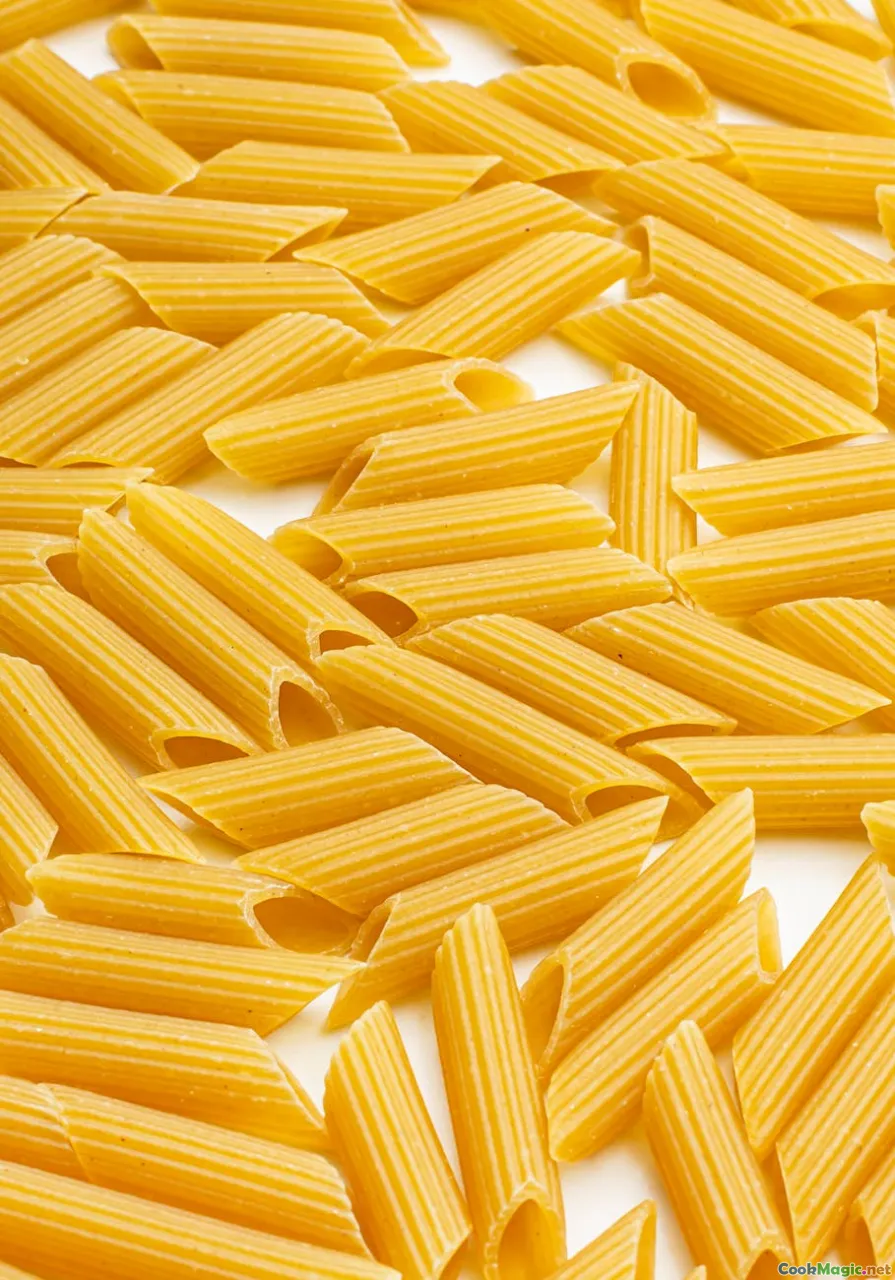The Importance of Cassava in Fijian Diets
8 min read Discover the vital role of cassava in Fijian culture, cuisine, and daily life through its history, flavors, and cultural significance. May 19, 2025 06:00
The Importance of Cassava in Fijian Diets
Introduction: A Root at the Heart of Fiji
Imagine walking through lush Fijian villages, where the air is thick with the aroma of roasted root vegetables and the rhythmic beating of drums. Amidst the vibrant dance and warm smiles, one humble root stands out—cassava. Known locally as tavioka, this starchy tuber is more than just a food; it’s a symbol of resilience, community, and tradition that has sustained generations of Fijians.
Cassava’s significance in Fiji is woven into the very fabric of its culture, history, and daily life. Its versatility, nutritional value, and deep-rooted presence in traditional ceremonies make it an indispensable part of Fijian identity. Join me as we explore the fascinating journey of cassava in Fiji—from its origins and cultural importance to its culinary versatility and personal stories.
The Origins and Historical Journey of Cassava in Fiji
A Tropical Treasure with Global Roots
Cassava, or Manihot esculenta, originated in South America, where it has been cultivated for thousands of years. Portuguese explorers and traders introduced it to the Pacific in the 17th century, and it quickly found a home in the islands’ fertile soils. Fiji, with its abundant rainforests and volcanic terrain, proved to be an ideal environment for this hardy crop.
Adoption and Adaptation in Fijian Society
Initially valued for its resilience and high yield, cassava soon became a staple crop for Fijian communities. Unlike traditional crops like taro and breadfruit, cassava’s ability to thrive in poor soil conditions and its drought resistance made it an essential food source during times of scarcity.
Throughout the 19th and 20th centuries, colonial influences and trade further integrated cassava into local diets. It became a reliable food security crop, especially in rural areas where access to other staples was limited. Over time, cassava transformed from a subsistence crop to a cultural icon, embedded in Fijian ceremonies and everyday meals.
Cultural Significance: More Than Just Food
A Symbol of Community and Sharing
In Fiji, cassava is more than a nutritional necessity; it’s a social glue. Traditional lovo ceremonies—where food is cooked in an earth oven—often feature cassava as the centerpiece. Sharing a lovo meal signifies unity, respect, and communal bonds.
Rituals and Celebrations
Cassava plays a pivotal role in festivals, weddings, and rites of passage. During Yaqona (kava) ceremonies, slices of cassava are often served alongside kava, symbolizing hospitality and friendship. In some regions, special cassava dishes are prepared to honor ancestors and celebrate harvests.
The Heart of Fijian Hospitality
Inviting someone into your home in Fiji often means offering a hearty serving of cassava. Its presence at the table signifies warmth, generosity, and the sharing of life’s blessings.
Culinary Versatility: From Roots to Rich Flavors
Traditional Dishes Featuring Cassava
Fijian cuisine showcases cassava in myriad ways, each dish highlighting its unique texture and flavor.
- Tavioka Vakarai (Cassava Fritters): Crispy on the outside, tender inside—these fritters are a favorite snack, often enjoyed with a spicy chili sauce.
- Cassava in Lovo: Whole cassava roots are wrapped in banana leaves and slow-cooked in an earth oven, resulting in a smoky, tender delicacy.
- Cassava Chips: Thinly sliced and fried until golden, these chips are a popular snack and accompaniment.
- Steamed Cassava: Simple yet satisfying, steamed chunks are served with coconut milk or topped with butter.
Modern Innovations and Fusion
Contemporary Fijian chefs are experimenting with cassava, incorporating it into fusion dishes. From cassava salads with tropical fruits to cassava-based desserts like keke (cakes), the root continues to inspire culinary creativity.
Cooking Techniques
Cassava’s versatility stems from its adaptable nature to various cooking methods:
- Boiling: The most common method, yielding soft, starchy roots perfect for mashing or eating directly.
- Frying: For crispy fritters and chips.
- Baking: In cakes and bread.
- Earth Oven (Lovo): Slow-cooked for deep smoky flavor.
Sensory Experience
When cooked properly, cassava has a mildly sweet, nutty aroma. The texture ranges from firm and chewy when roasted to soft and creamy when boiled. Its subtle flavor acts as a blank canvas, absorbing spices and flavors in dishes.
Personal Reflections and Stories
A Cultural Anchor in Daily Life
Growing up in Fiji, I vividly remember the aroma of cassava being prepared during family gatherings. My grandmother’s tavioka fritters, crispy and golden, were a highlight. The joy of sharing these simple yet meaningful dishes fostered a deep connection to our roots.
The Resilience of Cassava Farmers
Many Fijian farmers depend on cassava not just for sustenance but as a livelihood. Their dedication ensures that this humble root remains a vital part of our culture. I’ve met farmers who speak passionately about planting and nurturing cassava, proud of their contribution to community well-being.
A Symbol of Sustainability
In a world increasingly conscious of sustainable food sources, cassava’s resilience and low environmental footprint make it an appealing crop for future generations. Its ability to grow in challenging conditions underscores its importance for food security.
Conclusion: Embracing the Roots of Fiji
Cassava is more than a staple—it's a testament to Fiji’s history, resilience, and communal spirit. Its versatile nature allows it to adapt from traditional dishes to modern innovations, ensuring its relevance for generations to come. As we savor the earthy flavors and share in the cultural rituals centered around cassava, we connect with the heart of Fiji—a land where roots run deep, and community is cultivated through food.
So next time you enjoy a crispy cassava fritter or a steaming plate of tavioka, remember—you’re tasting a piece of Fiji’s soul, rooted in tradition, nourished by resilience, and embraced by community.









